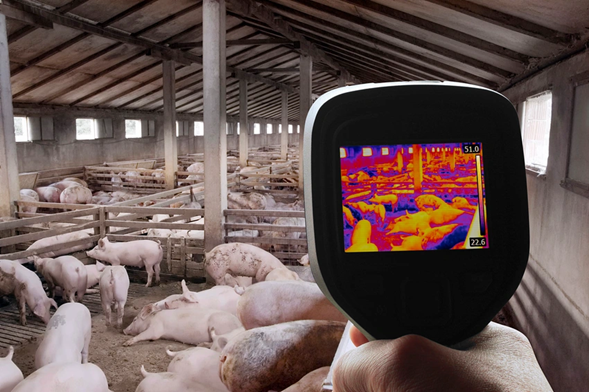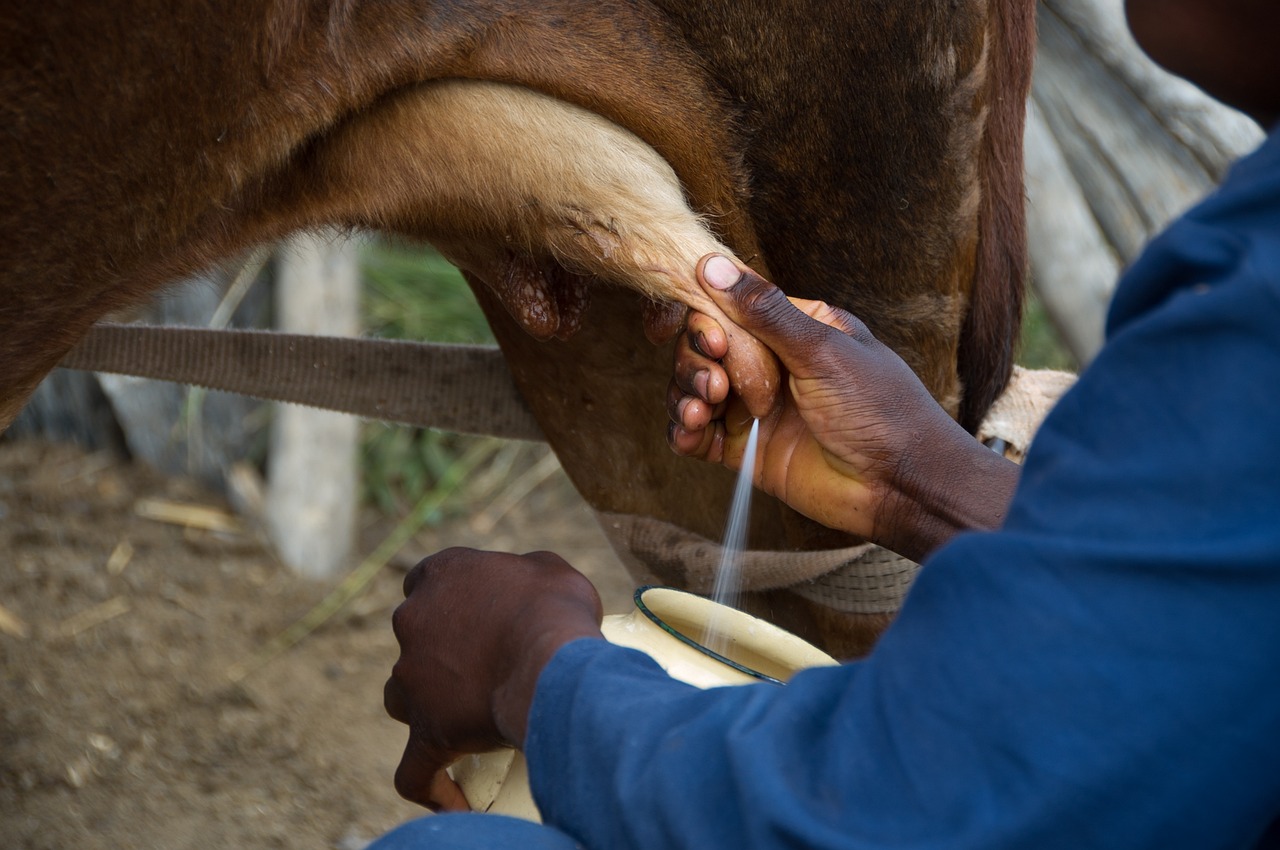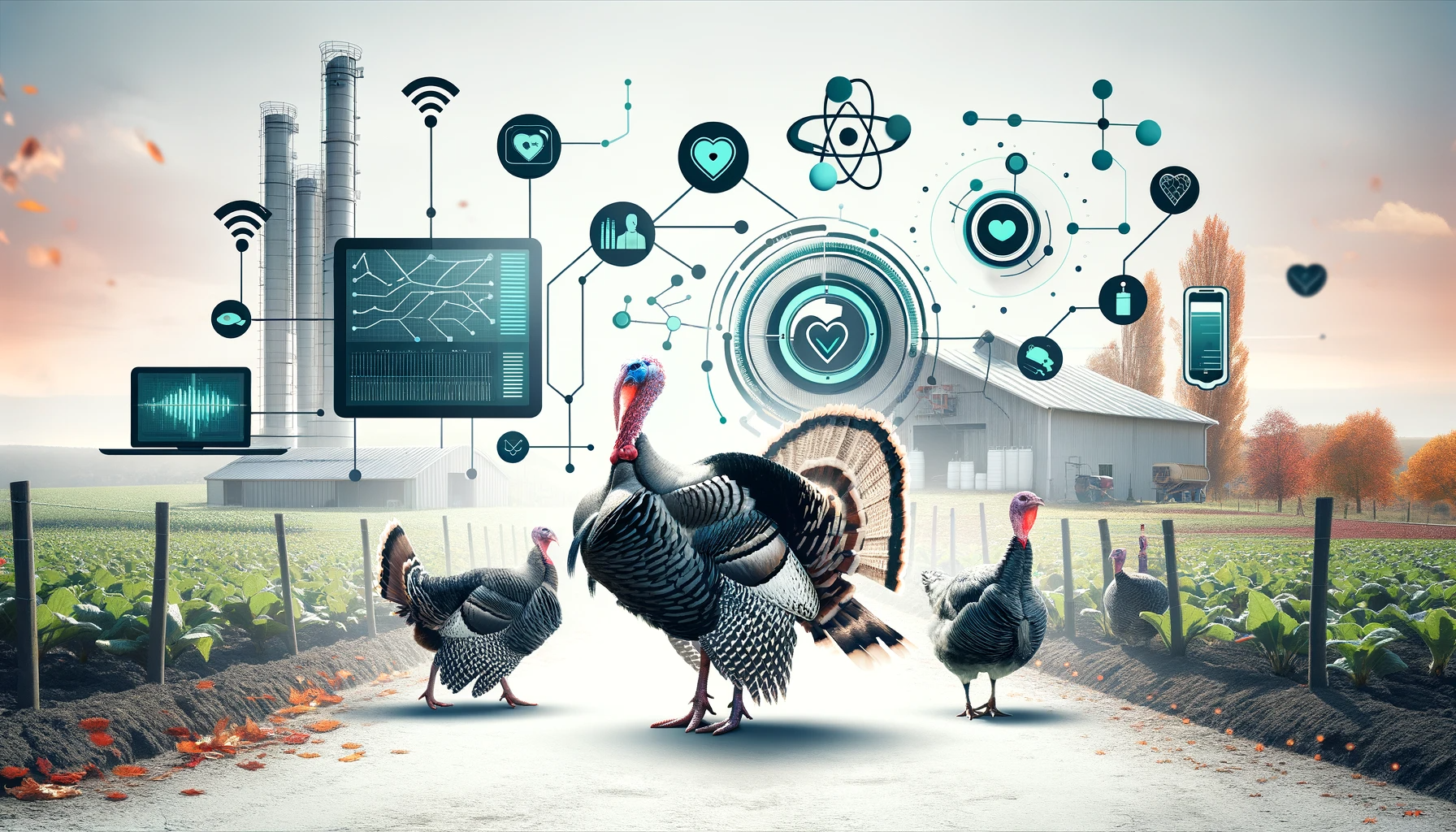Wearable technology has revolutionized the way we monitor and track our health, from fitness trackers to smartwatches. But did you know that the same technology is being used to monitor the health of livestock and poultry too? With the increasing demand for meat and dairy products, it has become crucial to ensure the health and well-being of animals in order to maintain a sustainable and profitable industry. This is where wearable technology comes in.
Farmers and ranchers are now using wearable technology to monitor the vital signs of their livestock and poultry. These devices are equipped with sensors that can track everything from body temperature to heart rate, respiratory rate, and even activity levels. This data is then transmitted wirelessly to a central database, where it can be analyzed and used to identify any potential health issues.

One of the key benefits of wearable technology in livestock monitoring is early detection of health problems. By tracking vital signs in real-time, farmers can quickly identify any changes in an animal’s health and take action before the problem becomes more serious. This not only helps to reduce the risk of disease outbreaks but also minimizes the need for antibiotics and other medications.
Another benefit of wearable technology is improved efficiency. With sensors constantly monitoring an animal’s health, farmers can quickly identify which animals require attention and prioritize their care accordingly. This helps to reduce labor costs and ensures that resources are being used effectively.
Wearable technology is also being used to improve breeding programs. By monitoring an animal’s activity levels and other vital signs, farmers can determine when they are most fertile and optimize breeding schedules accordingly. This helps to improve breeding success rates and ultimately leads to healthier offspring.
One of the most significant benefits of wearable technology in livestock monitoring is its impact on breeding programs. By tracking an animal’s activity levels and other vital signs, farmers can determine when they are most fertile and optimize breeding schedules accordingly. This helps to improve breeding success rates, leading to healthier offspring and better overall herd health.

In the past, farmers relied on visual cues or manual tracking methods to determine when an animal was ready for breeding. This approach was often imprecise and time-consuming, leading to lower success rates and increased costs associated with failed breeding attempts. With wearable technology, farmers can now track an animal’s fertility with greater accuracy and efficiency, reducing the risk of failed breeding attempts and improving overall herd productivity.
Wearable technology also enables farmers to monitor the health of their animals more closely, detecting early signs of illness or disease before they become a significant problem. By tracking an animal’s vital signs, farmers can quickly identify any changes in behavior or activity levels that may indicate an underlying health issue. This allows them to take immediate action to prevent the spread of disease and minimize the risk of a major outbreak.
In addition to improving breeding programs and animal health, wearable technology also helps to optimize farm efficiency. By providing real-time data on animal behavior and activity levels, farmers can make informed decisions about feeding schedules, herd management, and other critical aspects of farm operations. This leads to better resource allocation, reduced waste, and increased profitability for farmers.
In conclusion, wearable technology is transforming the livestock industry by providing farmers with real-time data on the health and well-being of their animals. By optimizing breeding programs, improving animal health, and increasing farm efficiency, this technology is helping farmers to produce healthier, more productive livestock and ultimately contributing to a more sustainable food supply for all.
Overall, the use of wearable technology in livestock monitoring is transforming the industry by providing farmers with real-time data on the health and well-being of their animals. By improving efficiency, reducing the risk of disease outbreaks, and optimizing breeding programs, this technology is helping to ensure a sustainable and profitable future for the livestock and poultry industry.




